Corn has long become a common crop that is planted for various purposes. Corn seeds are purchased in specialized stores or prepared independently. The future harvest directly depends on the correct collection and storage of planting material.
Which seeds to choose?
Having found the perfect corn variety, which is suitable for the climatic conditions of cultivation and gives a stable harvest, it is necessary to prepare planting material for planting next year. This will ensure next year's harvest. Saving seeds is very simple, you just need to follow simple rules.
At planting corn It should be taken into account that the crop is a cross-pollinated plant. This means that for the purity of preserving the variety, the plant is not recommended to be planted next to other crops, especially forage crops. This is necessary to ensure that two types of crops do not accidentally pollinate. If this happens, then the likelihood of deterioration in varietal qualities is high.
Hybrid seeds of any varieties of corn cannot be used to collect planting material. Typically, hybrids are indicated on the seed package as F1. Such seeds may sprout and produce ears, but it is unlikely that they will be as large as the previous year.
When growing crops, you need to follow simple rules of agricultural technology. It is important to regularly apply mineral and organic fertilizers and prepare seeds and soil for planting in advance. This will ensure high yield.
In the first months after the sprouts begin to sprout, they need to be given more attention. Inspect periodically and treat with herbicides at the first signs of damage.
By following these rules, you will be able to collect corn seeds for future planting. If you use planting material from the largest cobs, you will be able to grow a good harvest next year.
Corn seeds should be collected only from the healthiest ears. To collect grains for a summer cottage, you will need only two cobs. Although one is enough, the second is needed for safety net. It is recommended to use cobs located closer to the top of the plant. The remaining ovaries are removed so that they do not waste nutrients.
The best varieties for planting
Before going to the store and buying corn planting material, it is important to study the description of the selected varieties.If hybrids were purchased, then it will not be possible to use the seeds for subsequent plantings. This factor should be taken into account. The best varieties for planting are:
- Anasta is a hybrid that belongs to varieties with medium-early ripening of cobs. The ripening period ranges from 90 to 95 days after planting. Due to its resistance to low temperatures, planting begins in early spring. It is not adapted to high temperatures, so the hybrid is not planted in the southern regions. Productivity is stable.
- Klarika is a mid-season variety; the harvest ripening period is 90 days after sowing. The main characteristic is adaptability to high temperatures. Therefore, Clarica is often planted several times in one season. Bushes of medium height, powerful rhizome. The optimal place for growing is considered to be forest-steppe and steppe areas.
- Sterling is considered one of the most common fodder varieties of maize. The average height of the plant reaches 2.5 m. The bushes are heavily leafy, for which Sterling is valued in agriculture. It is resistant to spider mites, powdery mildew, olive blotch and other diseases of agricultural crops. For active growth, fertilizing with nitrogen-containing fertilizers is necessary.
- Dnepropetrovsk 247 MV is a hybrid that is most resistant to lodging. The stems reach a height of up to 3 m, the yield is high. Plantings tolerate sharp drops in temperature and prolonged cold weather well.
- Partisan - the height of the stem reaches 2 m. The stems and leaves contain a large amount of starch and fats. Due to its high nutritional value and increased juice content in the leaf mass, it is especially valued among livestock breeders.
- Pioneer F1 is a hybrid characterized by a short ripening period of the cobs. Used to collect grains and feed animals. The root system is powerful, the stem is thick. The hybrid is distinguished by its ability to tolerate unfavorable climatic conditions.
- Pioneer - the previous hybrid was bred on the basis of this variety. Grown for grain harvest and as livestock feed. The vegetative period of ripening is approximately 100 days. Tolerates low temperatures and cold summers. Productivity is stable. Grown mainly in the northern regions. When cultivated in the south, plants require large amounts of water.
The corn variety for planting is selected depending on the purpose of growing the crop.
Signs of seed ripening
Before collecting grains, you need to make sure that they are ripe. If cobs are collected for food at the stage of milk maturity, then for sowing you need to wait until the biological maturity of the grains. This can be understood by a number of signs:
- The stems and branches should be completely dry and yellow. Drying of the stems begins in late August - early September. If at this point the bushes are still green, you need to wait a few more weeks until they begin to dry out.
- Ripe grains on the cob are hard to the touch. They change from a light yellow hue to a yellow-orange color.
- If you cook overripe cobs, they taste very hard even after prolonged cooking.
The presence of all these signs indicates that the grains can begin to be collected. Depending on the growing region, harvest dates shift by several weeks.
Corn seed collection
From correctness collecting corn seeds depends on the success of storage and future plantings.You need to collect seeds only in dry, sunny weather so that the cobs are dried. They are broken off or cut off with pruning shears. Then they are transferred to a warm and dry room to ripen.
They are left in this form for a month. You can store the cobs at this time in the basement or cellar. Basement storage will be optimal if you create the necessary storage conditions for the cobs. The cobs should be checked regularly to ensure that mold and fungi do not appear on them. It is important not to allow high humidity in the cellar.
Planting material is collected mainly from the middle of the cob. At the end the grains are not suitable for cultivation. And the bottom of the cob is often deformed and underdeveloped. The grains collected from the cob are sorted. Only healthy grains are left without damage.
How to store seeds after collection?
The stored corn grains, after being collected in the basement, are taken out after 30 days and prepared for further planting. The seeds are collected in October-November, when the grains are completely dry and easily separated. After this, the seeds are left to dry at home at room temperature. They are scattered in an even layer on a flat surface and mixed periodically.
After a few days, the maize is scattered into paper bags and the type of corn is indicated on them so as not to get confused. Seeds should be stored in a dry, dark place away from moisture and open sunlight. If storage conditions are observed, the seeds will remain good and suitable for planting even after 5 years. And if storage conditions are violated, they will become moldy and become unsuitable for planting the next year.


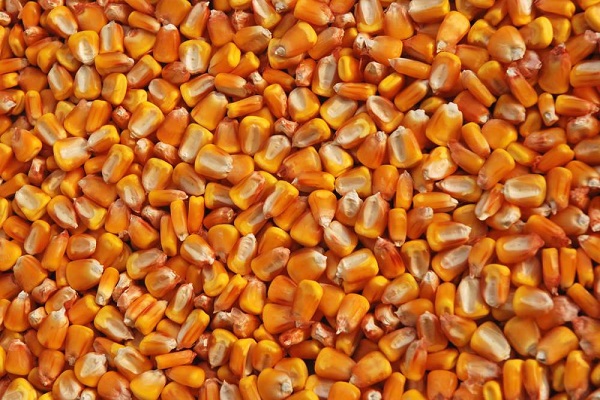
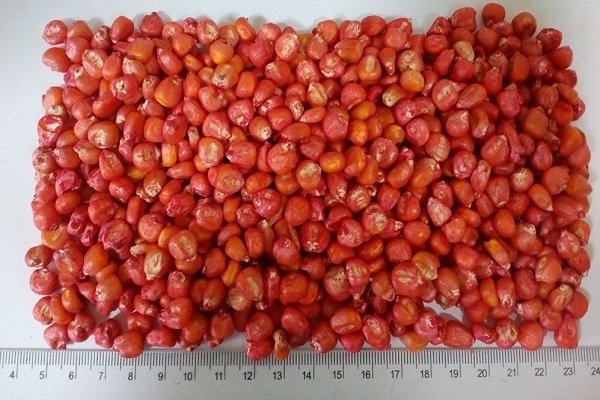
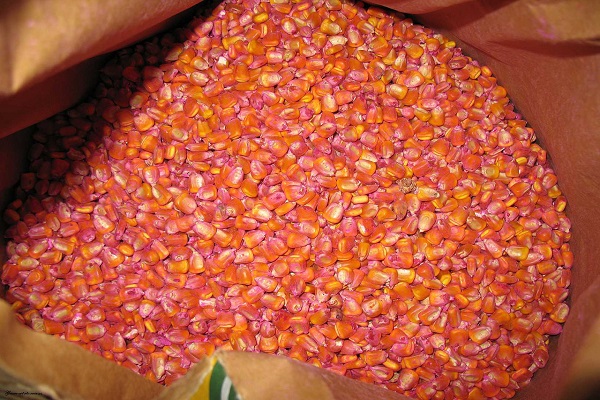
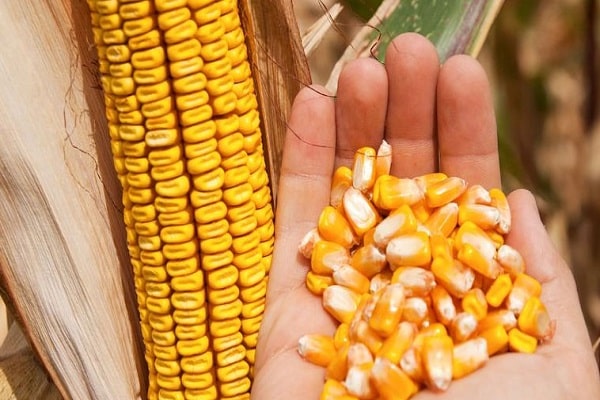
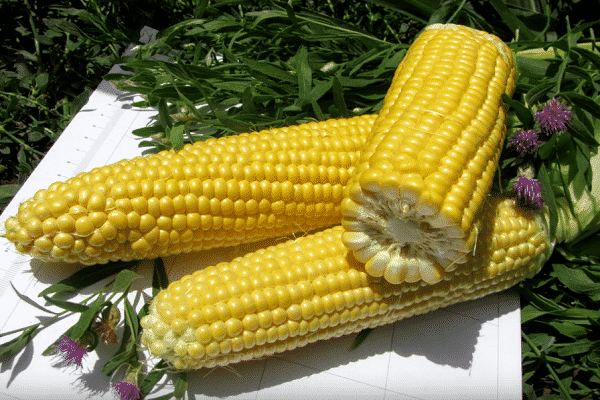
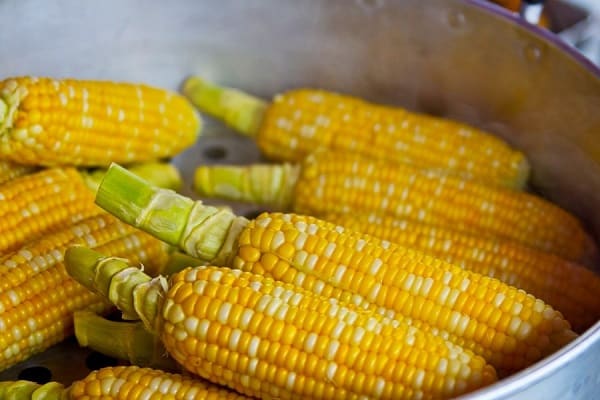

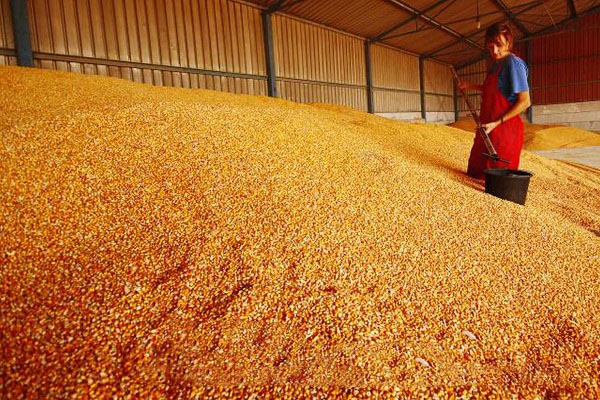

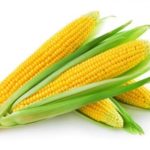
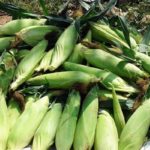

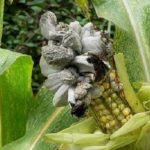


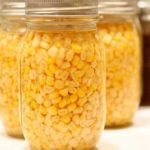
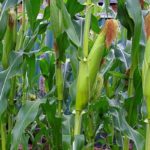
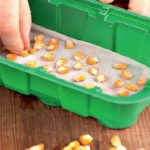
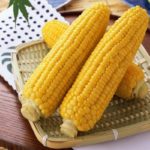
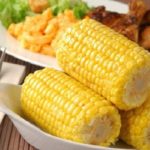
I grew barberry. It's time to collect the fruits and make something out of them. I read the article and am amazed. It turns out this berry is a complete mess for me. given its properties to lower blood pressure. used for weight loss and eliminating constipation...this miracle fruit is strictly contraindicated for me.